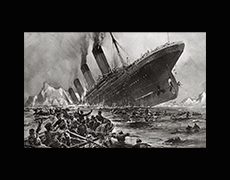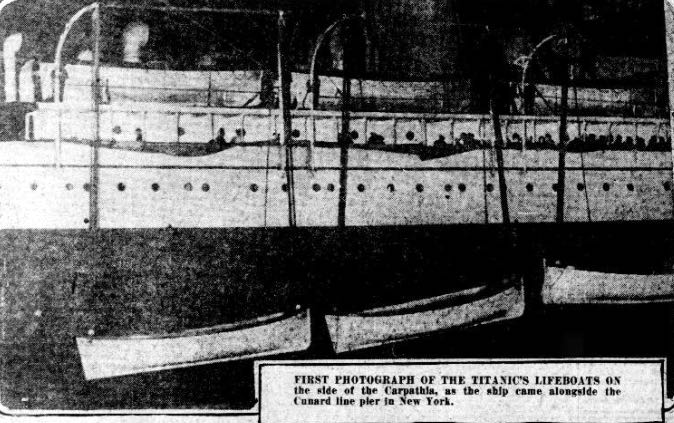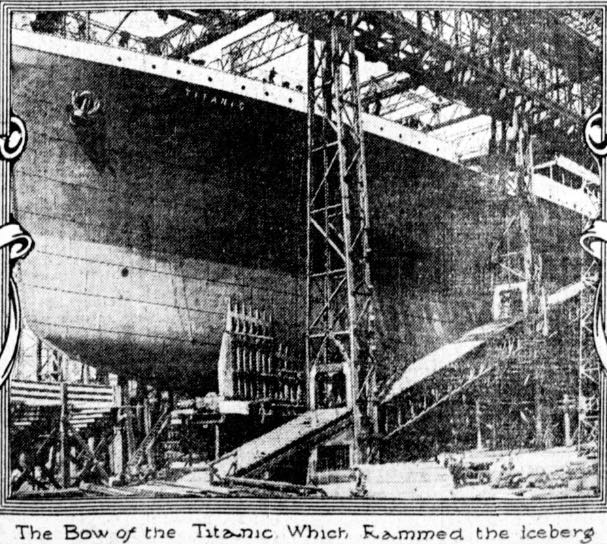
The sinking of the RMS Titanic was a tragic maritime disaster that occurred on April 15, 1912.
The Titanic was a luxury ocean liner that was considered to be unsinkable due to its advanced safety features, including watertight compartments and bulkheads.

On its maiden voyage from Southampton, England, to New York City, the Titanic struck an iceberg in the North Atlantic and began to take on water. Despite attempts to save the ship, it ultimately sank, resulting in the deaths of over 1,500 passengers and crew.
There were several factors that contributed to the sinking of the Titanic.

One of the main reasons was the lack of adequate lifeboats on board the ship, which made it difficult to evacuate all of the passengers and crew in a timely manner.
Additionally, the Titanic was traveling at a high speed through an area known to have icebergs, and the crew failed to slow down or alter course despite warnings of ice ahead.
The ship’s crew also lacked proper training and equipment to deal with such an emergency.

The sinking of the Titanic was one of the deadliest peacetime maritime disasters in history and led to significant changes in maritime safety regulations, including the requirement for all ships to carry enough lifeboats for all passengers and crew.
The disaster also led to improvements in communication technology, such as the use of wireless telegraphy, which helped to improve the ability of ships to detect and avoid danger.

The story of the Titanic has been the subject of many books, films, and documentaries, and it remains a topic of interest for many people today.
The wreck of the Titanic was discovered in 1985, and various expeditions have been made to the site, providing more information and artifacts about the disaster.

